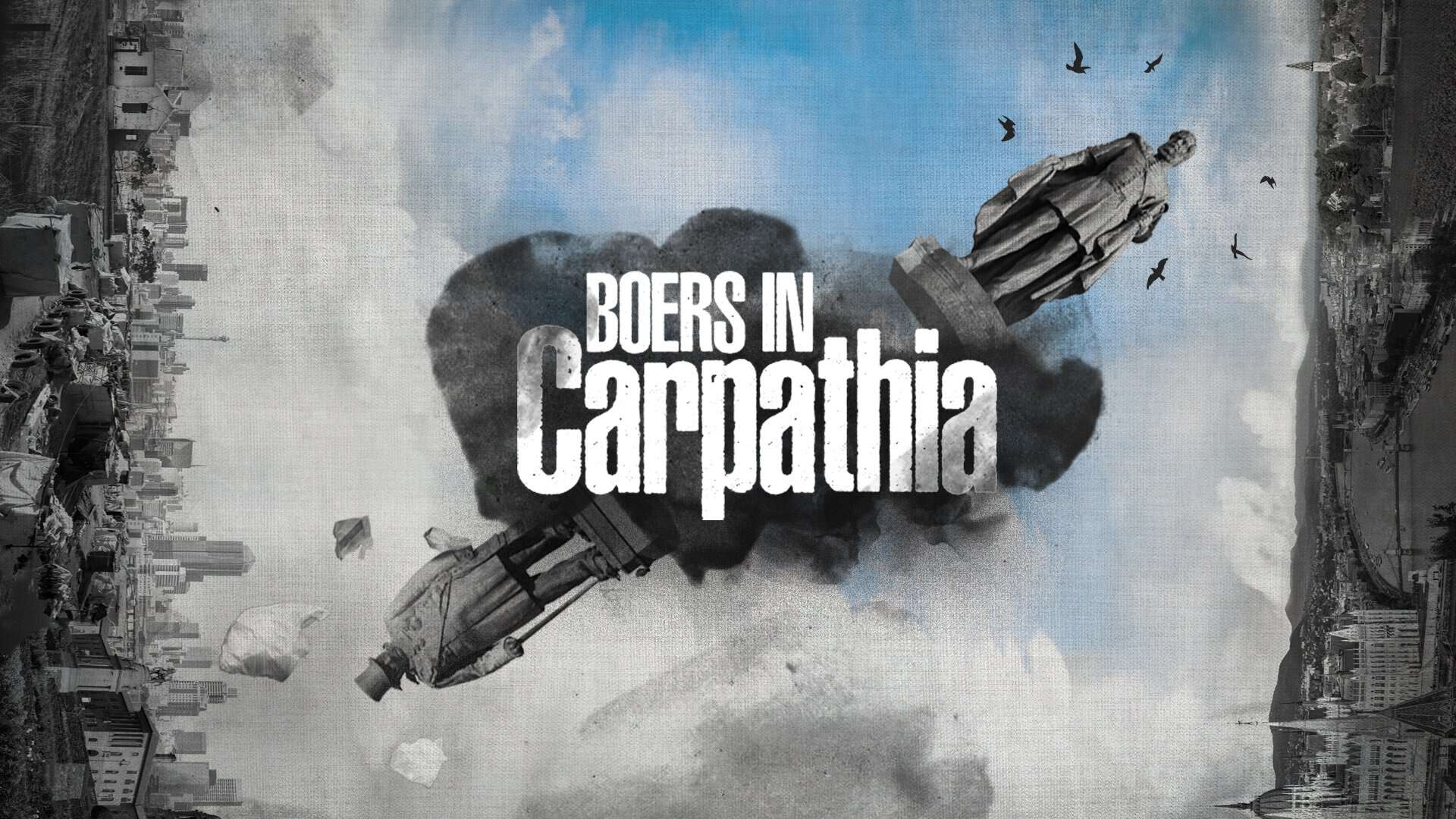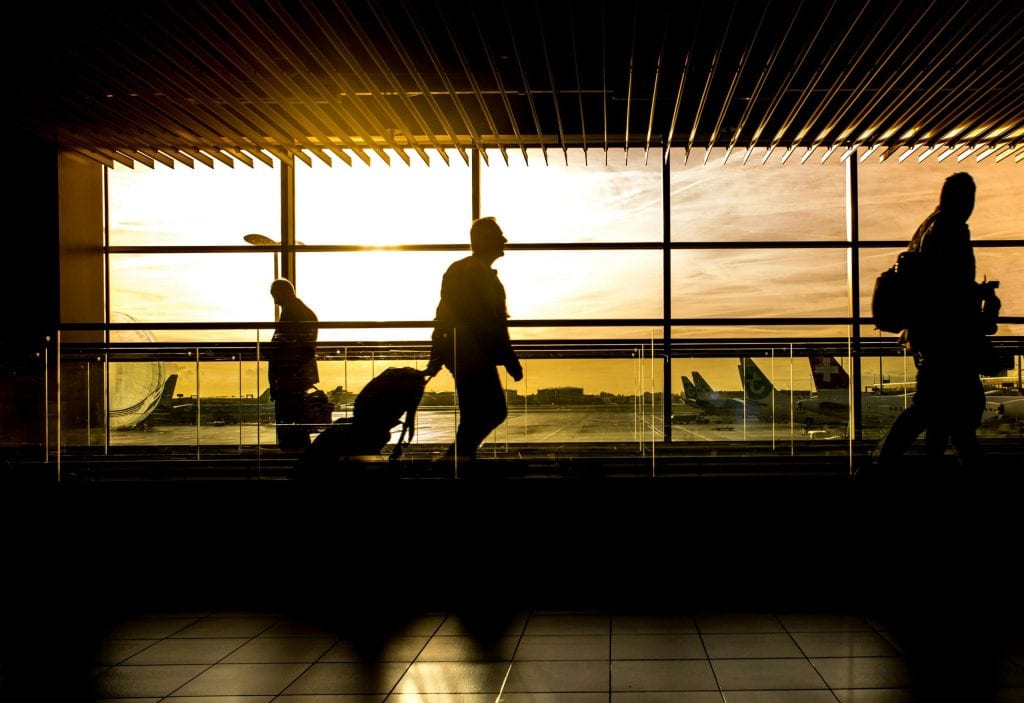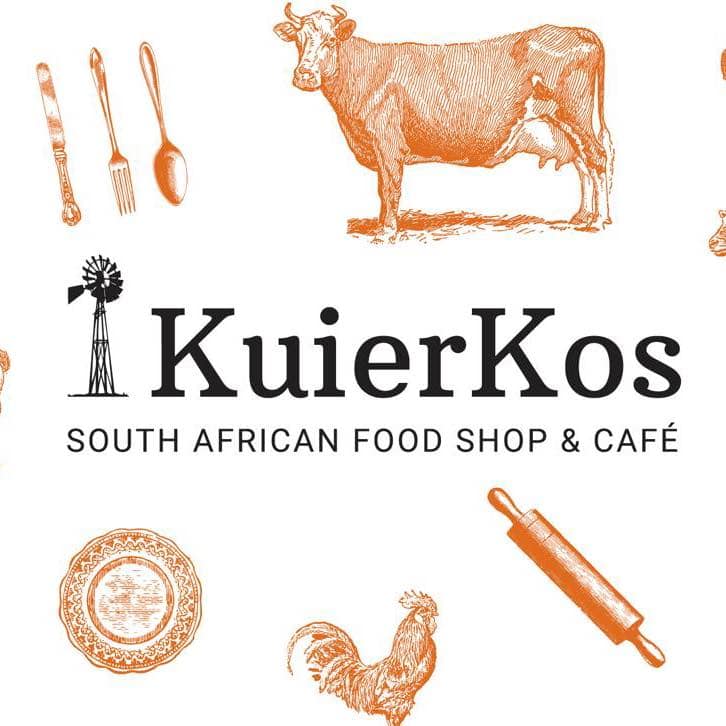New book and documentary shed light on the unique historical and current relations between Afrikaners and Hungarians
By AfriForum
As two diverse cultural communities, at different ends of the earth, Afrikaners and Hungarians may have more in common than it might seem on the surface. In addition, Afrikaners, as a minority group in South Africa, can take a page from the political lessons that Hungarians learned and successfully live out today despite international opposition. This is made clear in the new documentary, Boers in Carpathia, and a new book, Relations between Afrikaners and Hungarians, 1652–2023.
According to Ernst Roets, Head of Policy and Strategy at the Solidarity Movement, Director of Boers in Carpathia and former Head of Strategy and International Liaison at AfriForum, there are several parallels between the histories and heritages of Afrikaners and Hungarians. In this documentary, among other things, there is an investigation into the threat to cultural identity that both communities are confronted with and the ways in which these communities are currently forging bonds and exchanging ideas about creating a better future for their respective cultures. “We also look at the remarkable phenomenon in which the ideas that underpin the Hungarian political dispensation are criticised on an international level, although Hungary is succeeding and flourishing, while the ideas that underpin the South African political dispensation are highly praised even though the South African state is failing spectacularly,” emphasises Roets.
With regard to a historical perspective, the book Relations between Afrikaners and Hungarians, 1652–2023, by Ilze Nieuwoudt, Media Manager at AfriForum, for the first time now offers a glimpse into the historical ties that Afrikaners and Hungarians have maintained since the 17th century. The way in which Afrikaners, shortly before the First Boer War (1880–1881), pointed to the lessons that could be drawn from the Hungarian freedom struggle of the 1840’s; a request from a Hungarian community in the 1890’s for the establishment of a Hungarian town in the ZAR; and the participation of Hungarians in the Anglo-Boer War (1899-1902) are some of the lesser known cases where Afrikaners and Hungarians had contact in the past. In addition, the book sheds light on the support that various Afrikaner institutions, churches, schools and the then South African government offered to the nearly 1 500 Hungarian refugees who came to settle in South Africa after the bloody Hungarian Revolution that took place in that country in 1956. Furthermore, the relations forged between Hungarians and Afrikaners, especially since the end of the Cold War, the establishment of the Hungarian-Southern African Friendship Association (HSAFA) in 2021, and the exchange of intellectual and technological innovation between Hungarians and Afrikaners are also under the spotlight in this publication.
“The histories of Afrikaners and Hungarians tell the story of smaller cultural communities that, in a sea of differentness, have strived for freedom throughout the centuries and reminds us that this story is far from over,” explains Nieuwoudt.
“The way in which several Hungarians – such as the industrialist Alois Hugo Nellmapius in the 1800’s and the later Reformed Church pastor Rev. Kálmán Papp – made their mark in South Africa on, among other things, an economic, spiritual and scientific level, makes this story of Afrikaners and Hungarians all the more colourful.”




















